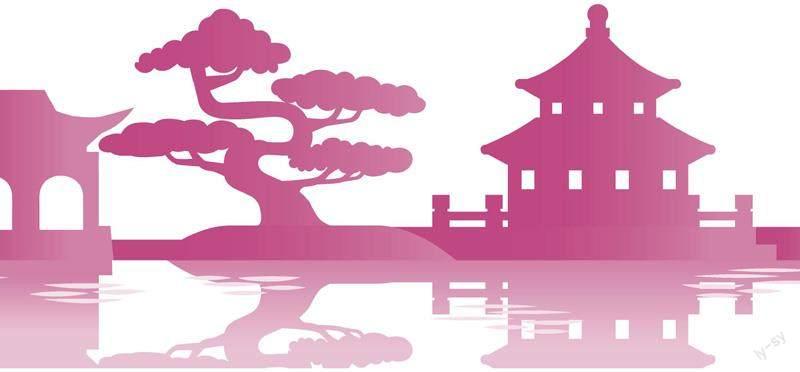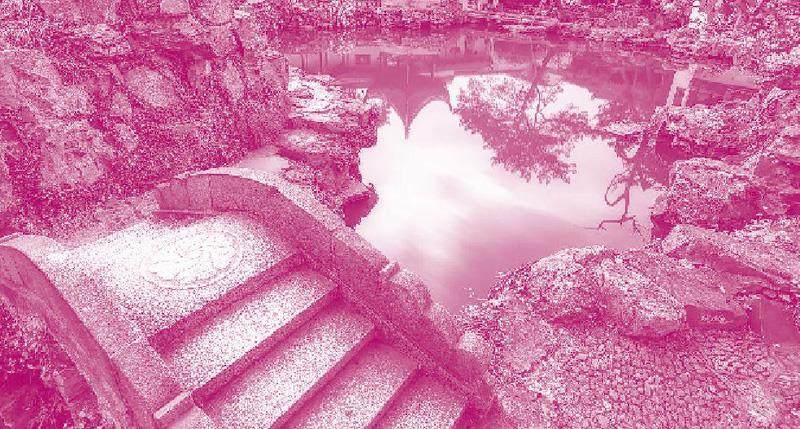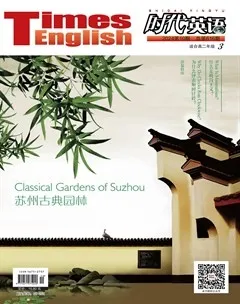Classical Gardens of Suzhou
2024-04-12



苏州古典园林
“Classical Chinese garden design, which seeks to recreate natural landscapes in miniature, is nowhere better illustrated than in the nine gardens in the historic city of Suzhou. They are generally acknowledged to be masterpieces of the genre. Dating from the 11th—19th century, the gardens reflect the profound metaphysical importance of natural beauty in Chinese culture in their meticulous design.” This is the assessment of the classical gardens of Suzhou made by UNESCO.
It inscribed the classical gardens of Suzhou, represented by the Humble Administrators Garden, Lingering Garden, Master-of-Nets Garden and the Mountain Villa with Embracing Beauty on the World Heritage List in 1997. In 2000, UNESCO approved the extension of the inscribed property of the classical gardens of Suzhou to include the Canglang Pavilion, the Lion Grove Garden, the Garden of Cultivation, the Couples Garden Retreat, and the Retreat & Reflection Garden.
The classical gardens of Suzhou date back to the 6th century BC when the city was founded as the capital of the Wu Kingdom. Inspired by these royal hunting gardens built by the King of the State of Wu, private gardens began emerging around the 4th century and reached its first peak after the development during the Qin and Han Dynasties. Gardens by the scholars prospered in the Sui and Tang Dynasties, and various rich human elements resulted because different garden builders who created them had their own interpretation of the natural mountain and water gardens.
“沒有任何地方比历史名城苏州的九大园林更能体现中国古典园林设计‘咫尺之内再造乾坤的理想。苏州园林被公认是实现这一设计思想的杰作。这些建造于11世纪至19世纪的园林,以其精雕细琢的设计,折射出中国文化取法自然而又超越自然的深邃意境。”这是联合国教科文组织对苏州古典园林做出的评价。
1997年,该组织将以拙政园、留园、网师园、环秀山庄为代表的苏州古典园林列入世界遗产名录。2000年,该组织又将沧浪亭、狮子林、艺圃、耦园、退思园一并作为扩展项目列入世界遗产名录。
苏州古典园林的历史可追溯至公元前6 世纪,当时苏州这座城市是吴国的都城。受吴王建造的皇家狩猎园林的启发,私家园林于公元4 世纪开始涌现,后经秦汉发展后达到第一个高峰。直至隋唐,文人园林在此兴起,浓郁的人文气息也因造园者的不同,而被赋予在自然山水园林间。
Today, more than 50 of these gardens are still in existence, nine of which, mentioned above, are regarded as the finest embodiments of Chinese “Mountain and water” gardens. They are noted for the combination of exquisite craftsmanship, artistic elegance and rich cultural implications.
Garden masters from each dynasty adapted various techniques to artfully simulate nature by skillfully adapting and utilizing the physical space. As the embodiment of aesthetics of Chinese scholars for several centuries, these gardens paved the way for the freehand style of mountain and water gardens which had far-reaching influences on future generations. The main bodies of the Canglang Pavilion, the Lion Grove Garden, the Humble Administrators Garden, and the Lingering Garden are excellent representatives of Chinese private gardens from different periods and they emerged during the Song, Yuan, Ming, and Qing Dynasties respectively. Walking through these gardens is like viewing vivid elegant scrolls of Chinese mountain and water paintings of different historical periods.
Generally speaking, the garden-building art of the classical gardens of Suzhou is demonstrated in the perfect arrangement of such elements of mountains, rocks, water, and wood to attain the beauty beyond natural mountains and water. These private gardens, concealed in the prosperous city and dotted with rooms, pavilions, halls, and waterside pavilions, create miniature worlds in limited spaces and finally form the perfect freehand style integration of the ideas and pursuits of Chinese ancient scholars and natural mountains and water.
如今,仍然留存的園林有50 余处。其中,之前提及的九大园林被认为是中国“山水园林”的最佳典范。它们集精湛的工艺、典雅的艺术风格和丰富的文化内涵于一体,并因此闻名于世。
历代园林大师采用各种技术,通过巧妙地改造和利用物理空间,艺术性地模拟自然。苏州园林属于山水园林,浓缩了数个世纪中国文人的审美情趣,其写意风格对后世影响深远。沧浪亭、狮子林、拙政园和留园的主体部分分别建成于宋、元、明、清四个朝代,是中国不同时期私家园林的杰出代表。漫步于这些园林中,就好似沿着历史的脉络,在翻看一轴轴生动雅致的中国山水画卷。
总而言之,苏州古典园林的造园艺术表现为对山、石、水、木等要素的完美运用,以达到超越自然山水之美。这些深藏于繁华都市中的私家园林,处处点缀着轩、亭、阁、榭,成就了方寸天地间的万千世界,最终形成中国古代文人思想与自然山水完美融合的写意之境。
Word Bank
utilize /'ju?t?la?z/ v. 使用;运用
conceal /k?n'si?l/ v. 隐藏;隐瞒
Tim could barely conceal his disappointment.
pursuit /p?'sju?t/ n. 追求;寻找
